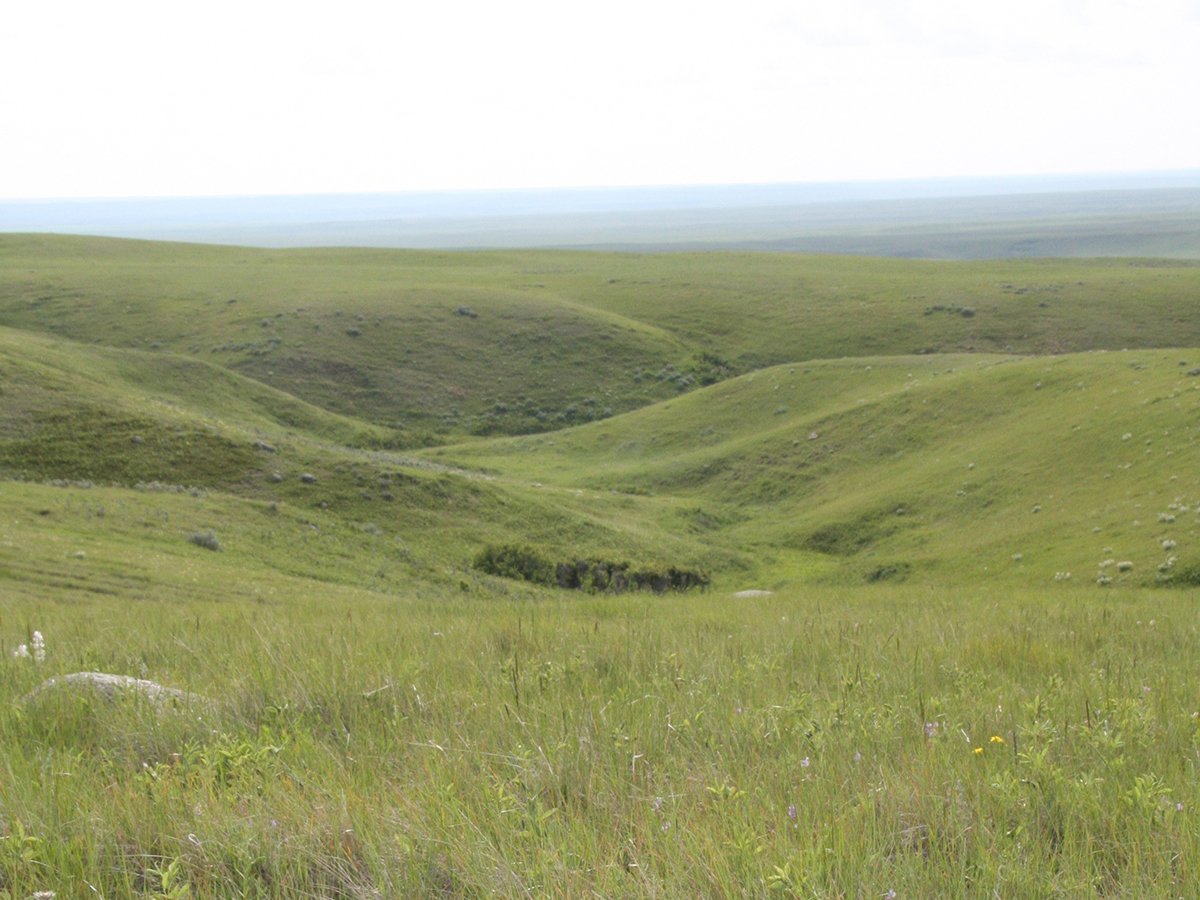The greenhouse industry has expanded in recent years thanks to technological advances and the development of efficiencies in controlled environment management.
However, the competition is fierce.
Brian Hunt, a business development greenhouse specialist with Manitoba Agriculture, provides information on greenhouse production for the local market.
He asks his clients about their goals and why they want to start a greenhouse operation, including basic structural and infrastructure decisions, construction, design, agronomy and maintenance.
“A greenhouse manager in Manitoba needs a very sharp pencil to compete with domestic and offshore imports,” said Hunt.
Read Also

Alberta irrigation project on grasslands approved
Environmental concerns raised by Alberta conservation groups over irrigation expansion project within rural municipality
“The nature of the wholesale distribution and retail markets puts the onus on the producer to ensure there’s a sufficient margin to be economically viable and sustainable.”
The recent consumer interest in buying locally produced food has helped producers who want to market their production close to home.
“Even national and international chains are aware consumers have a growing preference for locally produced products and are willing to purchase local production and market it in their stores as such,” said Hunt.
“Consumers are becoming more aware of food safety risks and feel locally produced products are safer than imported ones.”
The result is an increased marketplace presence for locally grown horticultural products.
“Greenhouse production, particularly vegetables, is a perishable product,” said Hunt.
“Production is planned and relatively stable throughout the year, so you must have customers purchasing your production on nearly a daily basis. Any glitch in that system will quickly result in income loss. For a constant level of production with excellent quality, the environment and all the conditions influencing growth must be monitored, adjusted as required and continually managed.”
Hunt said the amount of investment will vary with the size and complexity of the operation.
“A simple, double-walled poly Quonset style greenhouse, for structure alone, can cost from $7-$12 per sq. foot if you’re building it yourself from local materials, plus the costs of heat, ventilation, benches, and infrastructure,” he said.
“If you contract a manufacturer to design, deliver and construct it, a modern, commercial-style greenhouse’s cost ranges from $15 to $20 per sq. foot, including header house and energy curtain. When you add in heat, ventilation, control systems and production infrastructure, it can go up to $25 to $35 per sq. foot.”
Hunt said greenhouse producers need to know where to sell their production and for how much and then draft their business plans.
“Nearly anything can be grown in a greenhouse, but the challenge is to sell what you grow,” he said.
“Find out what consumers want, how to access those consumers at the lowest cost and grow what the market wants. In Manitoba, the four most popular greenhouse vegetable crops are tomato, sweet bell pepper, cucumber, and lettuce. There are producers of niche market vegetables who are doing well with Asian vegetables to a specific clientele. Herbs are popular, but growers need a cost effective outlet in which to sell.”
Hunt said the greenhouse trend will continue in Manitoba.
“The majority of greenhouse operations in Manitoba are developing as an extension and expansion of an established market garden business,” he said.
“This way, they hone their horticultural skills, develop a market, perhaps experiment with a high tunnel operation and then graduate to a greenhouse operation. The growth will be slow but steady.”
Pat Wohlgemuth, owner and manager of Neva Hydroponic Farms near Landmark, Man., said greenhouse operators need to ask themselves three important questions:
- Which crop should and can be grown year round?
- What is the market for the crop and how close is that market?
- Is it beneficial to invest in facilities to grow the crop year round?
She said it is feasible to produce crops year-round if the answer is yes to all three questions.
Wohlgemuth said it’s not difficult to grow crops in a greenhouse in summer, but producers who want to grow year round should expect to double or even triple their investment in extra equipment to facilitate the need for a heating system, more efficient cooling and venting systems and artificial lighting.
“The most important factor is market demand and that the crop is compatible to grow in a greenhouse,” she said.
















